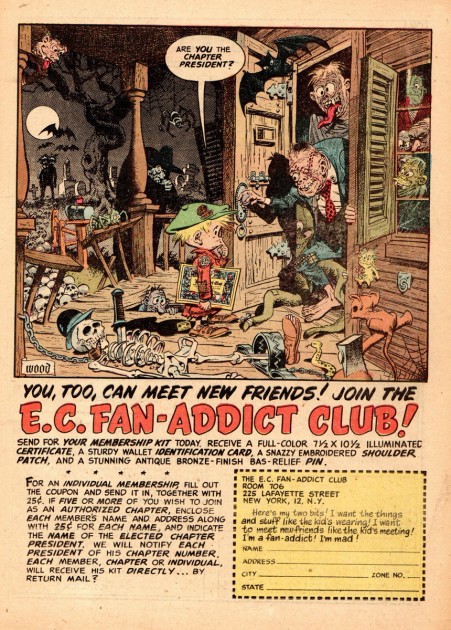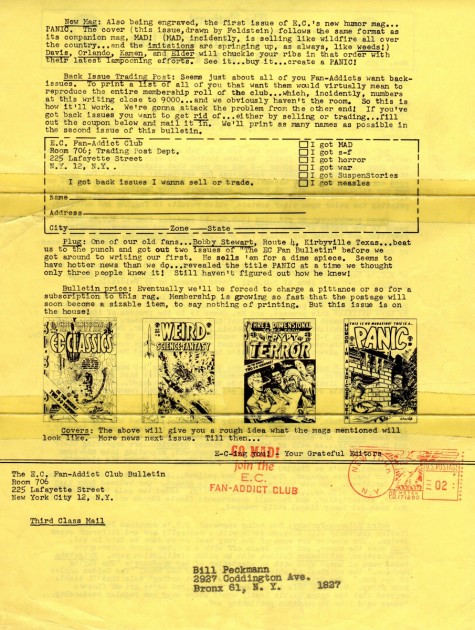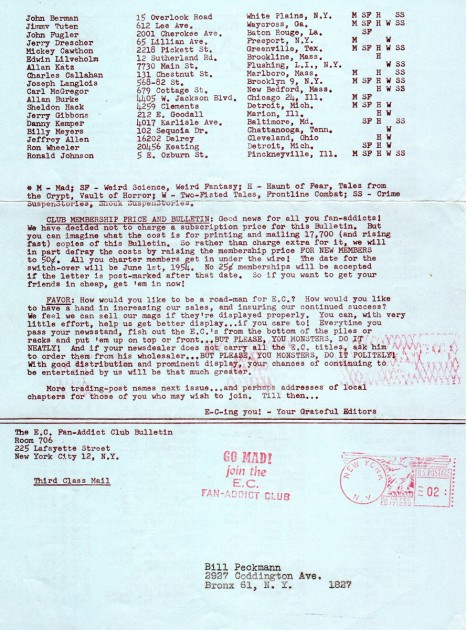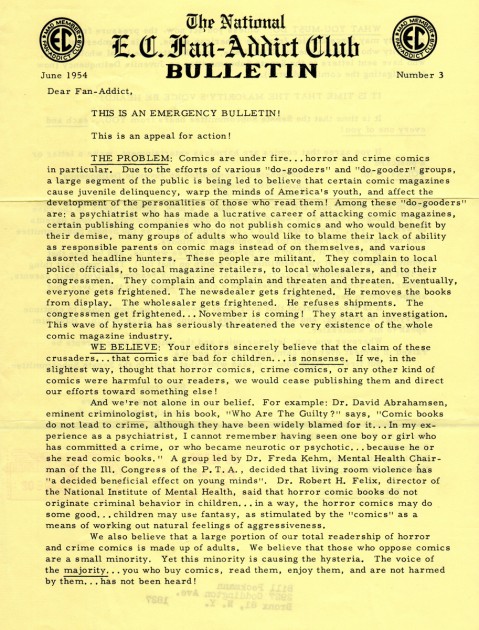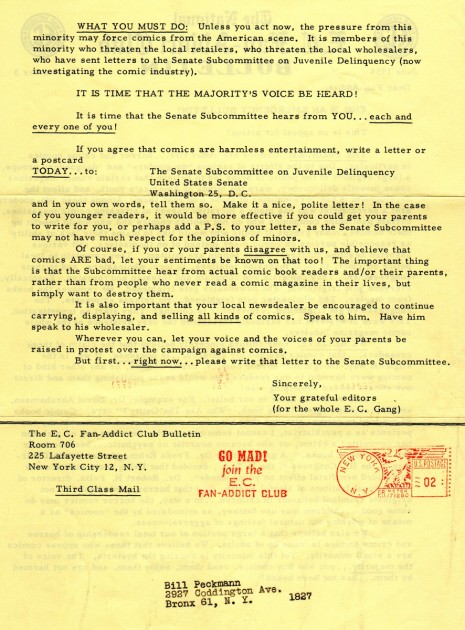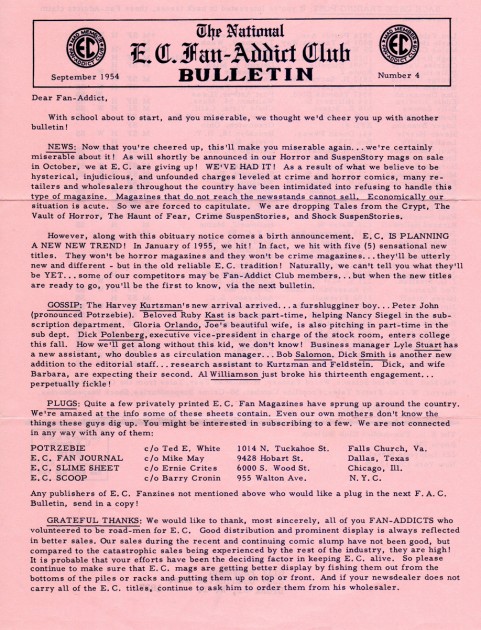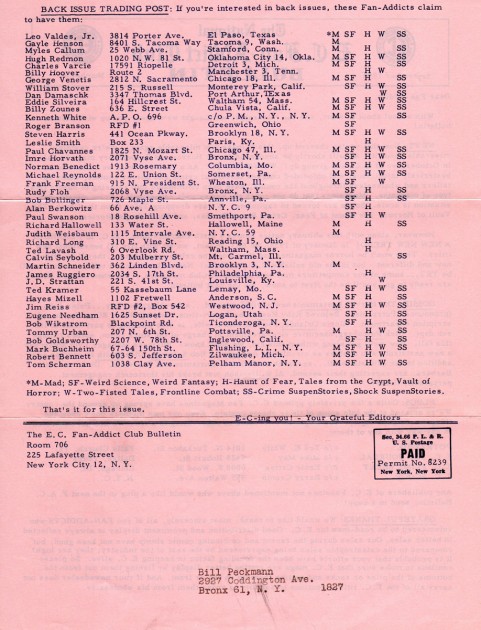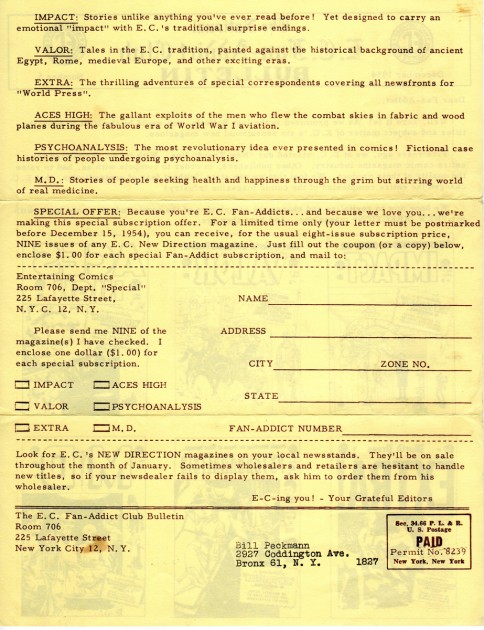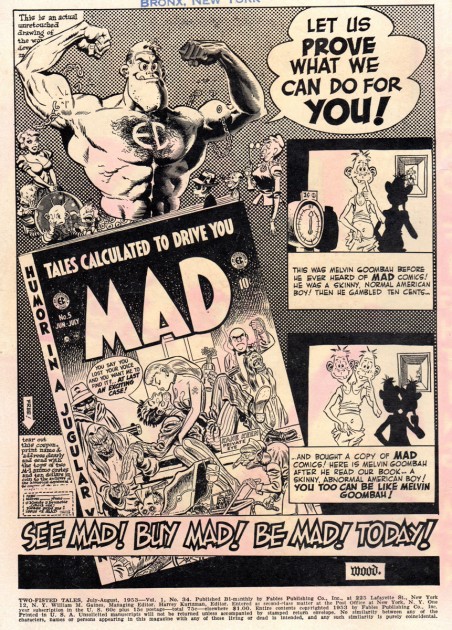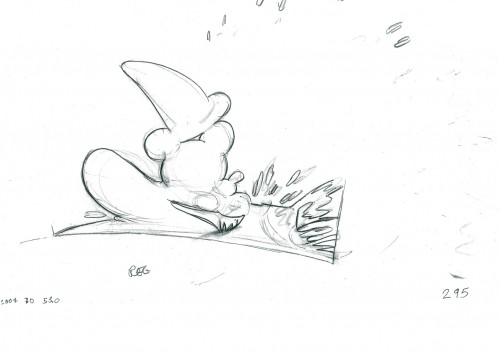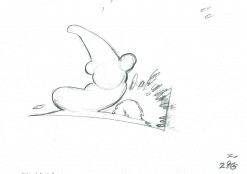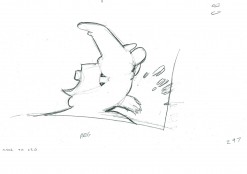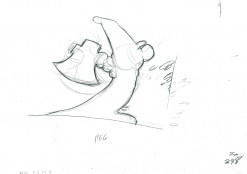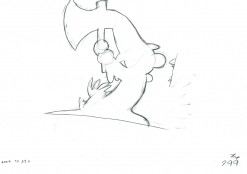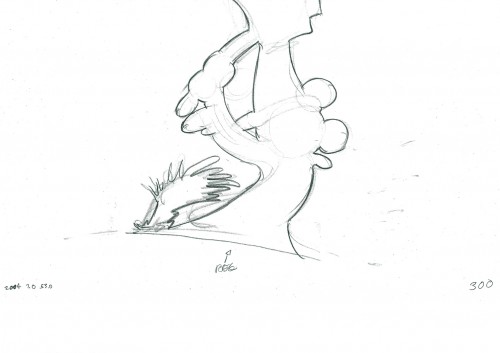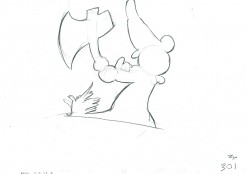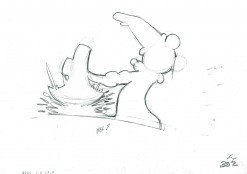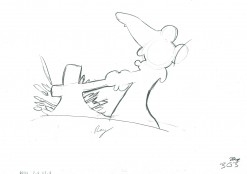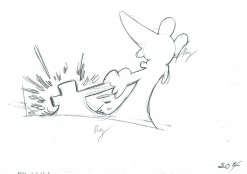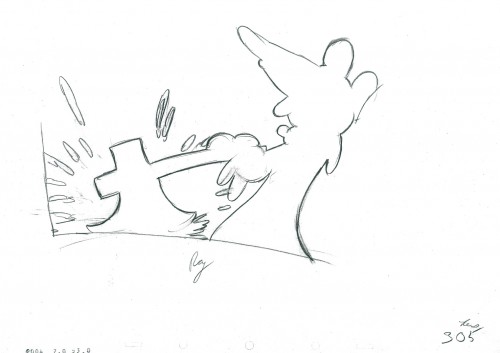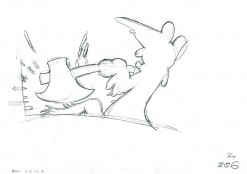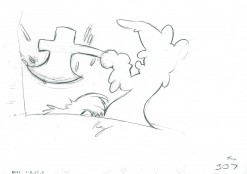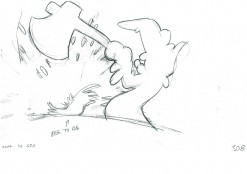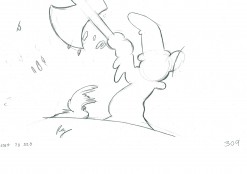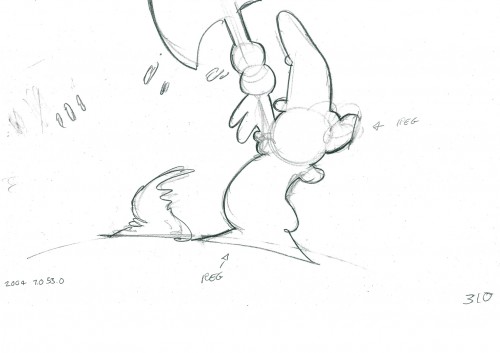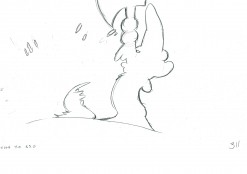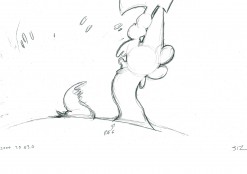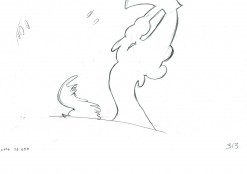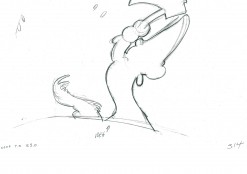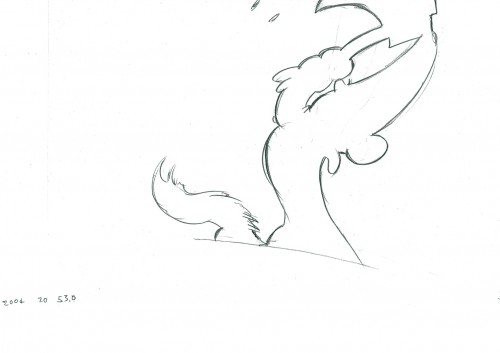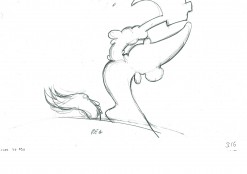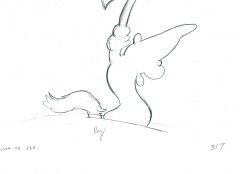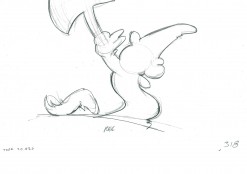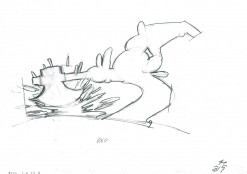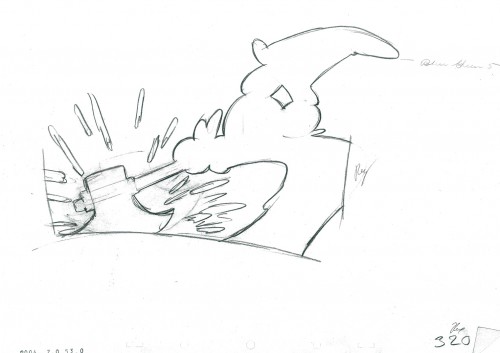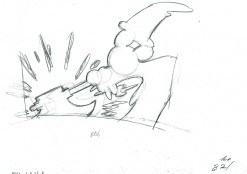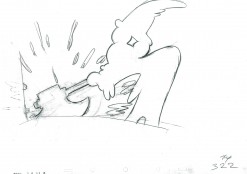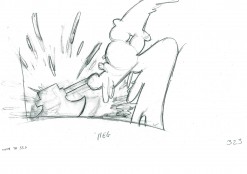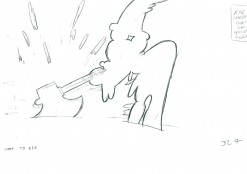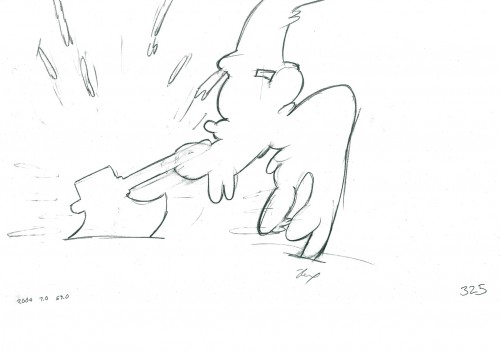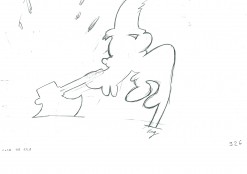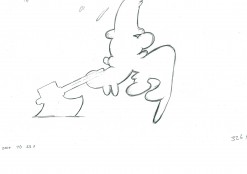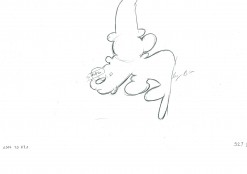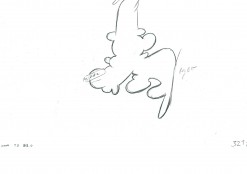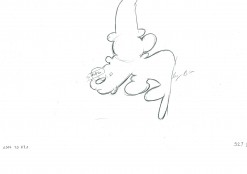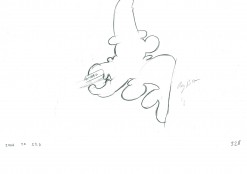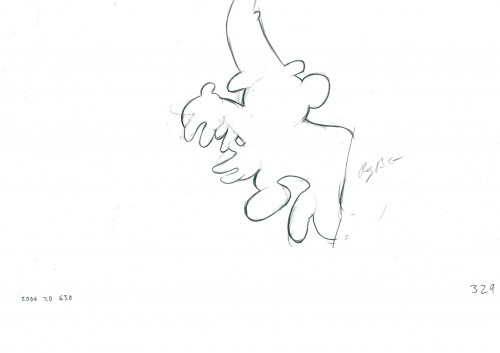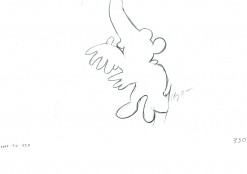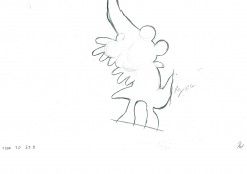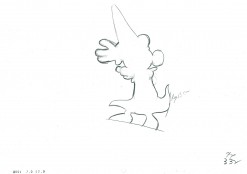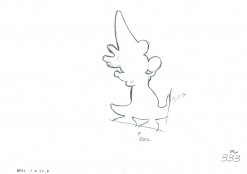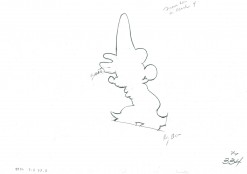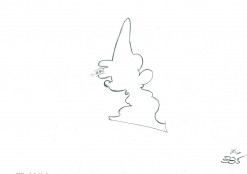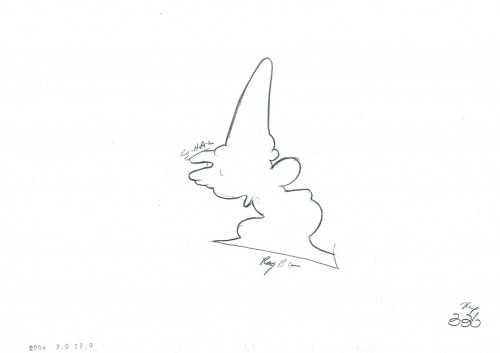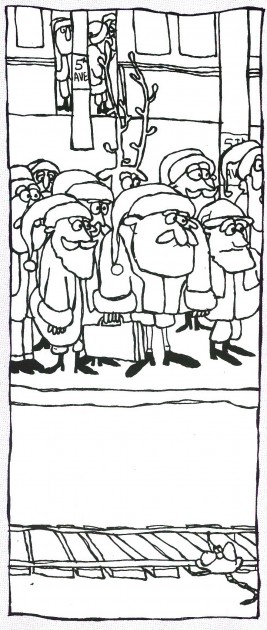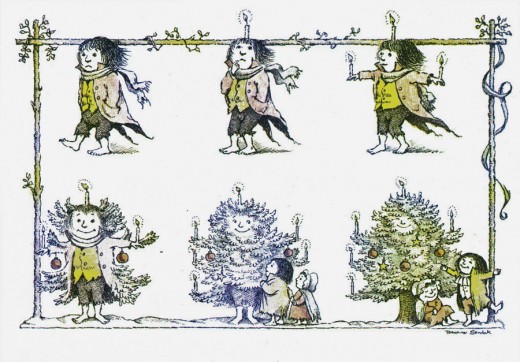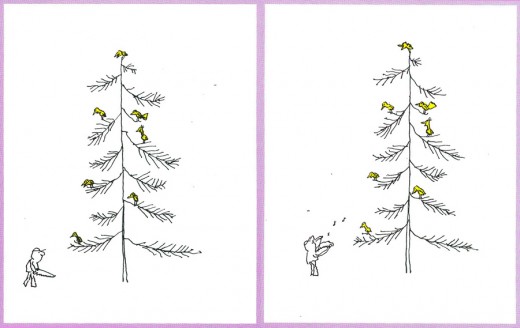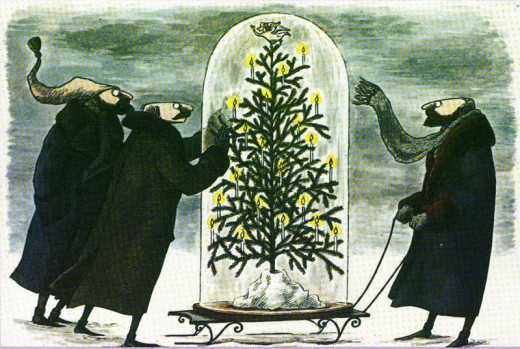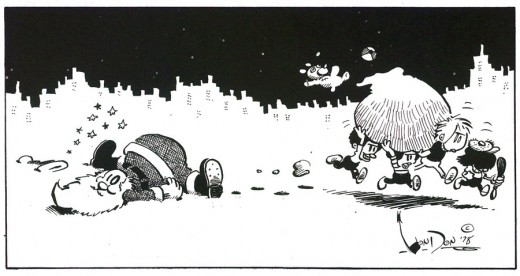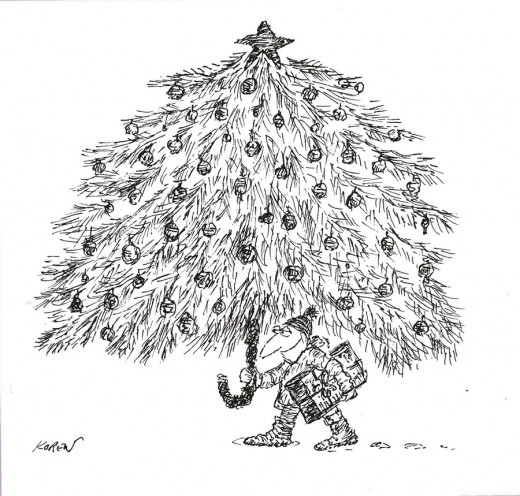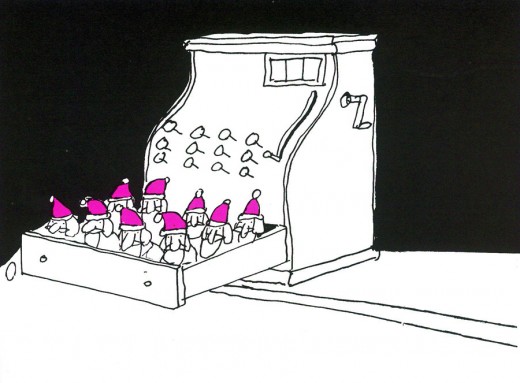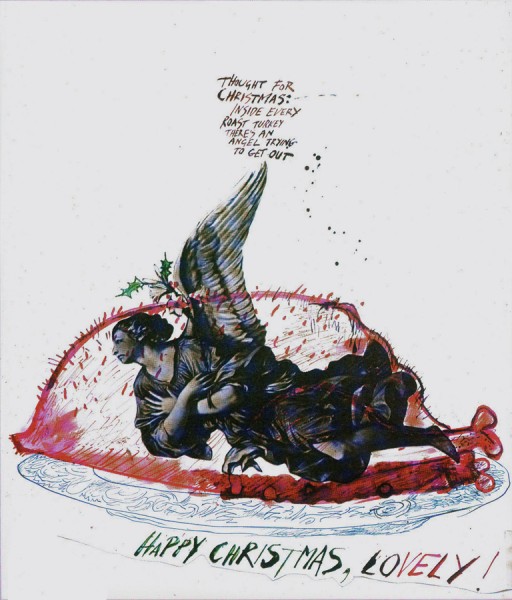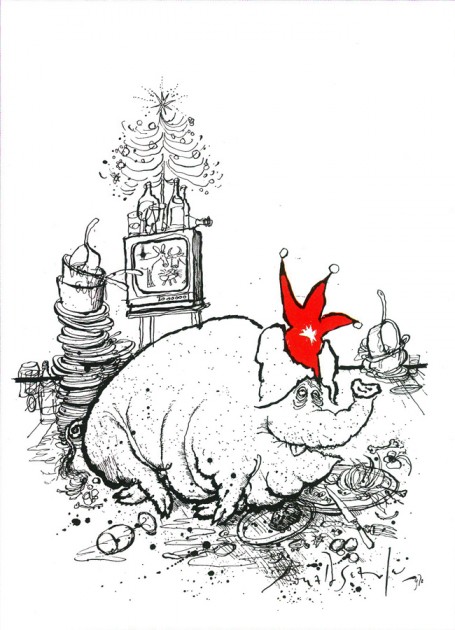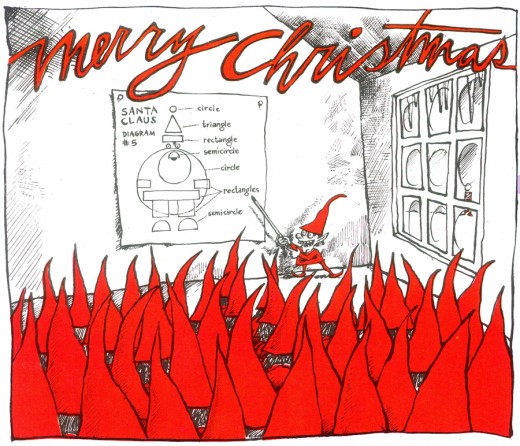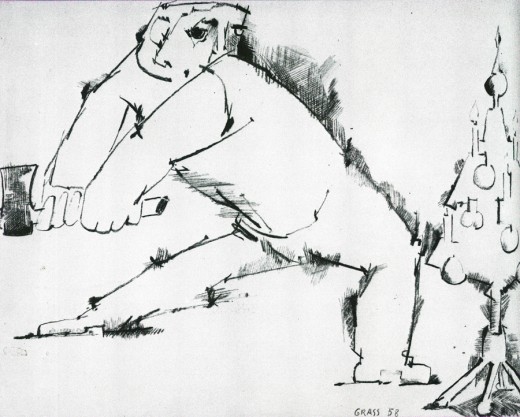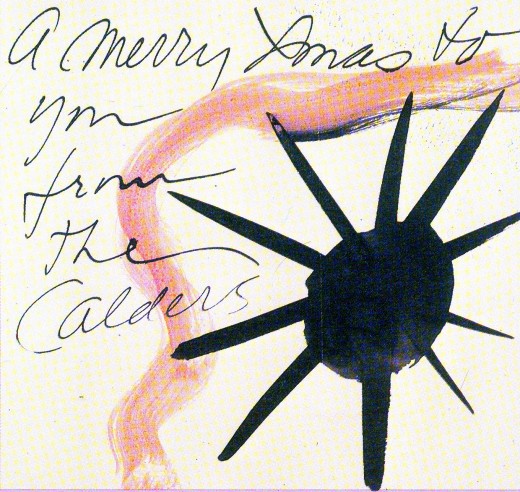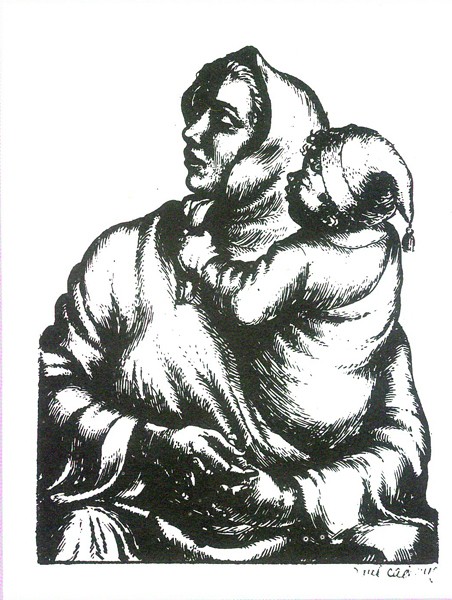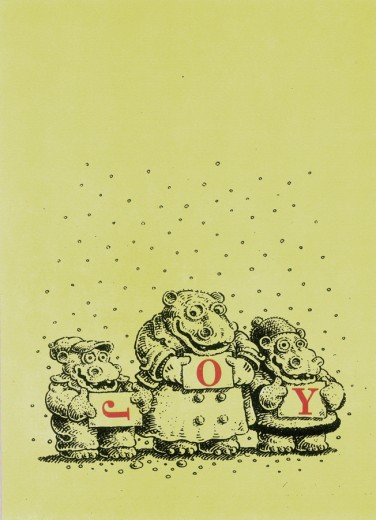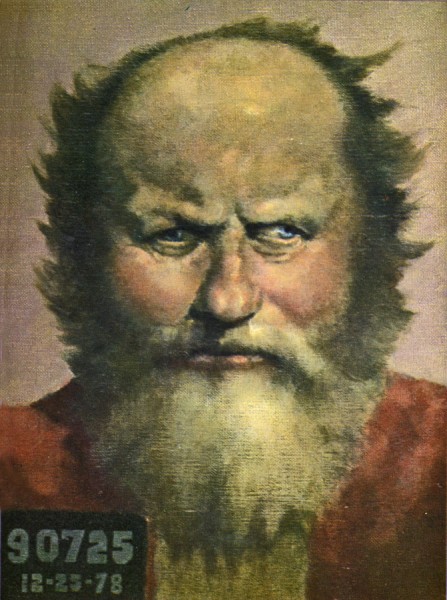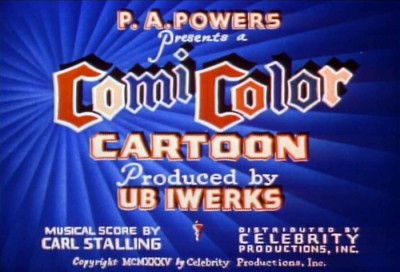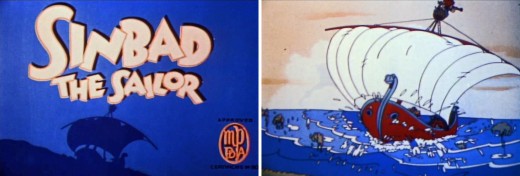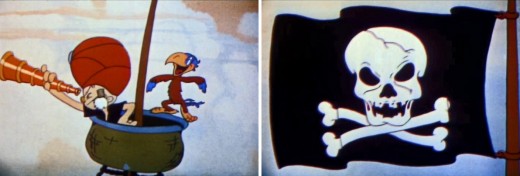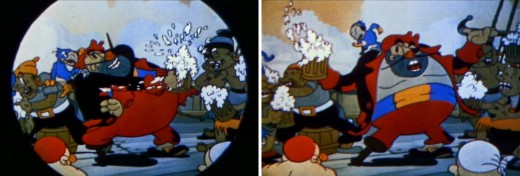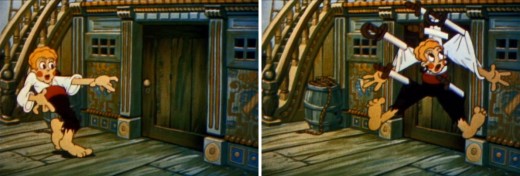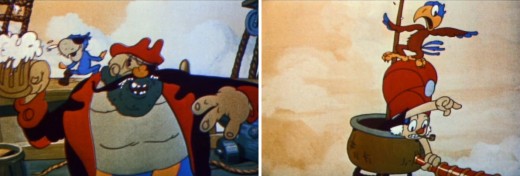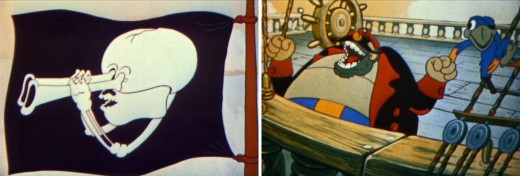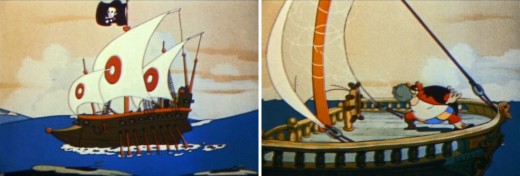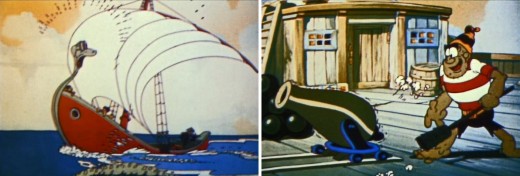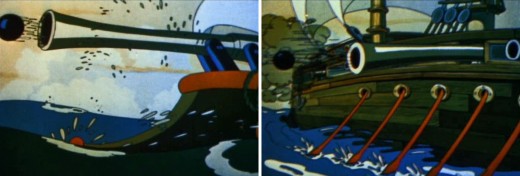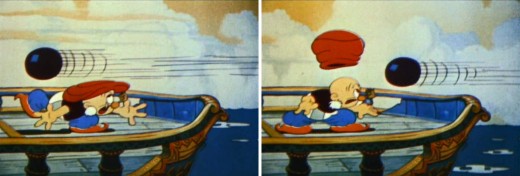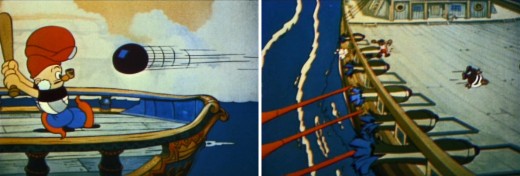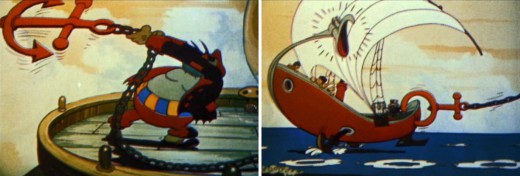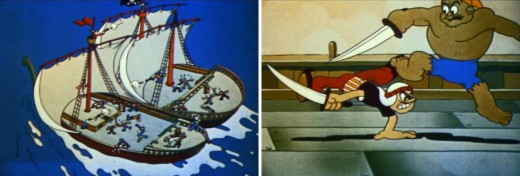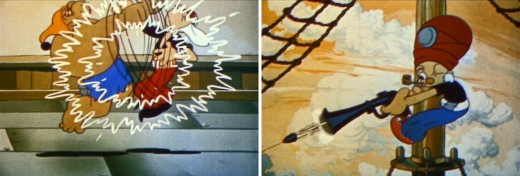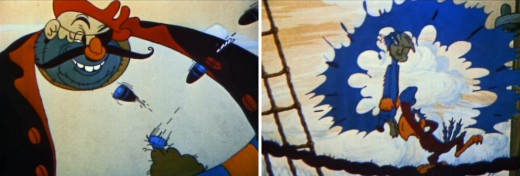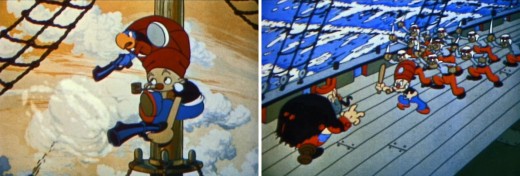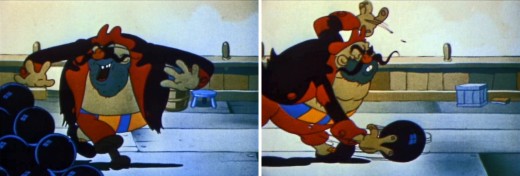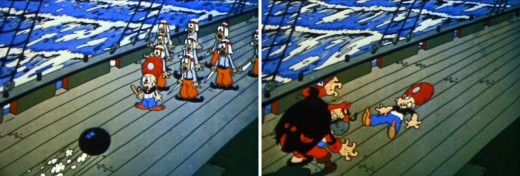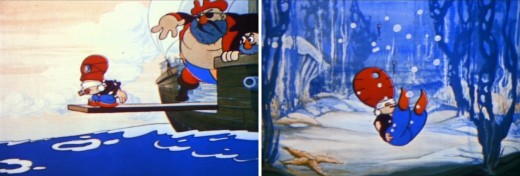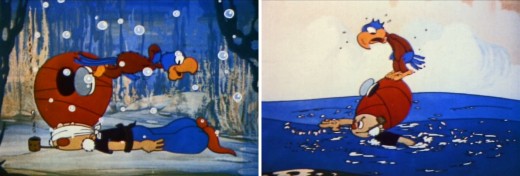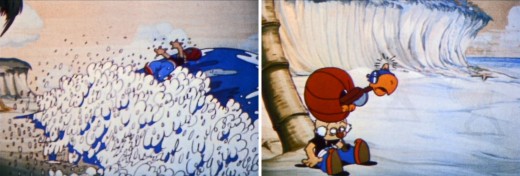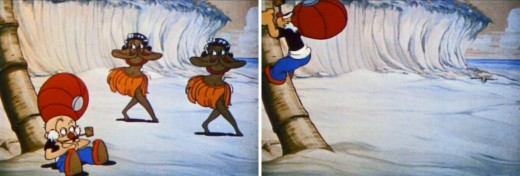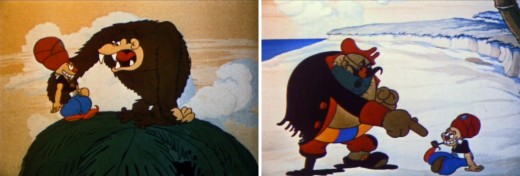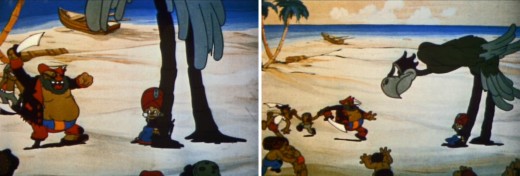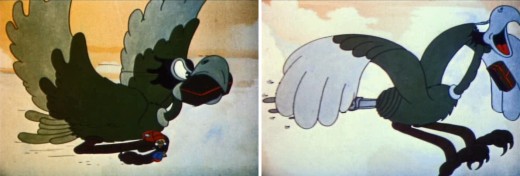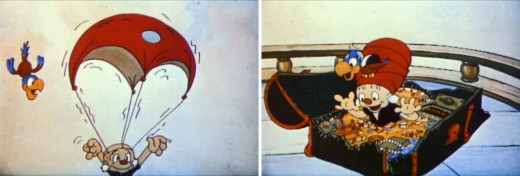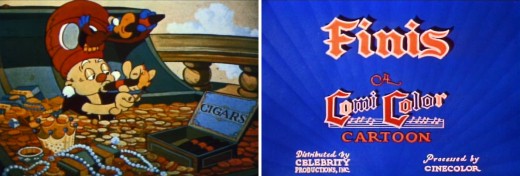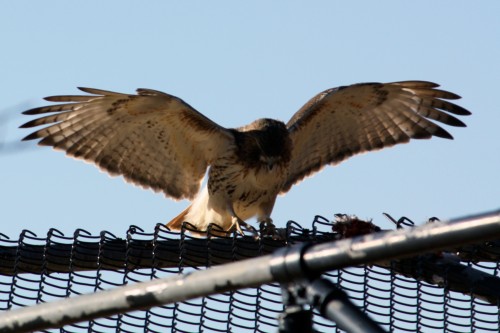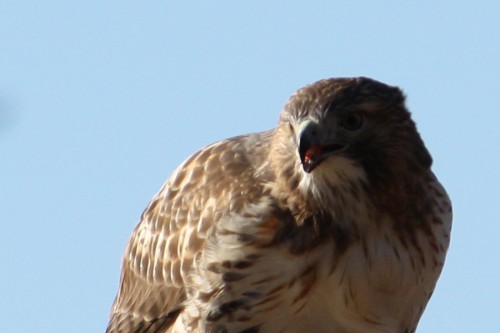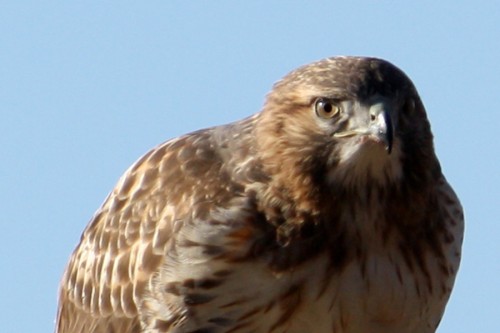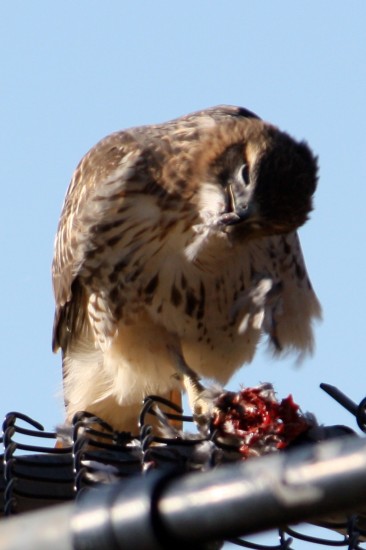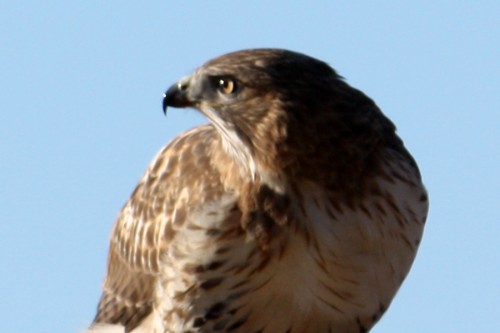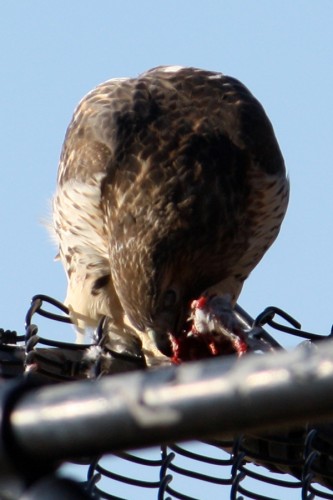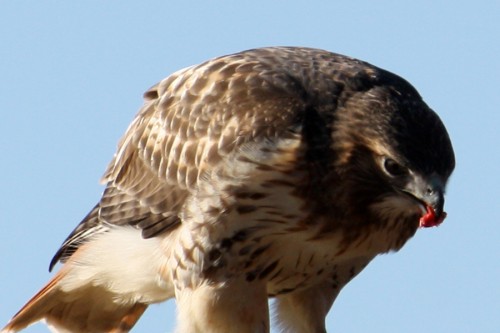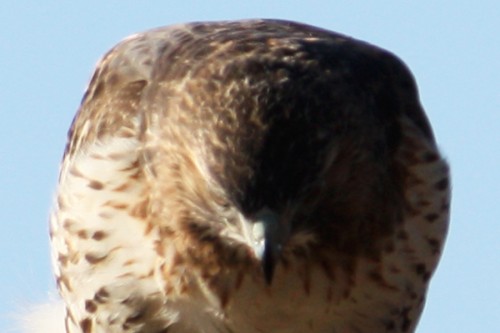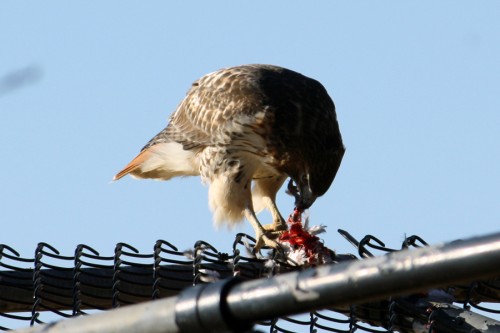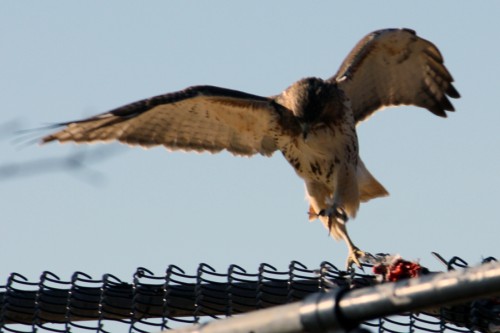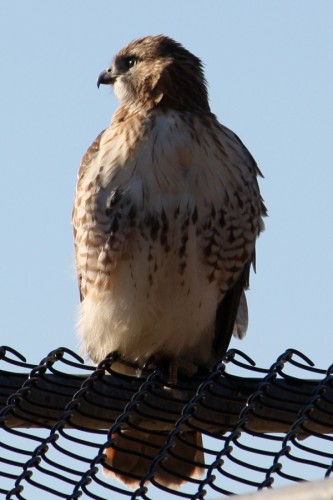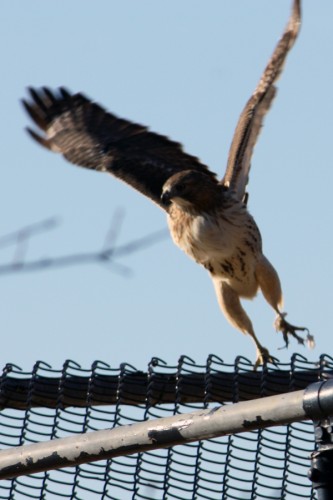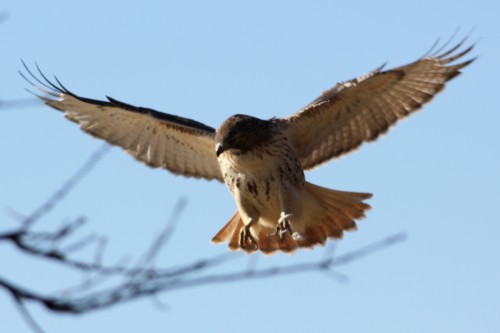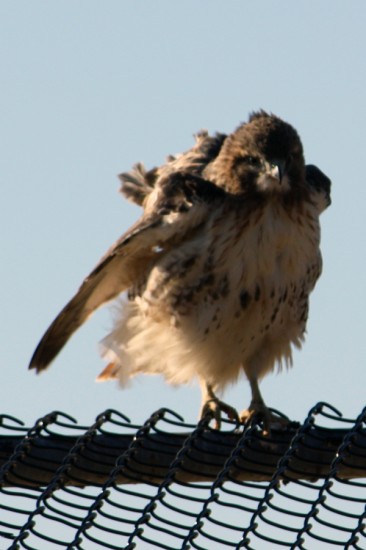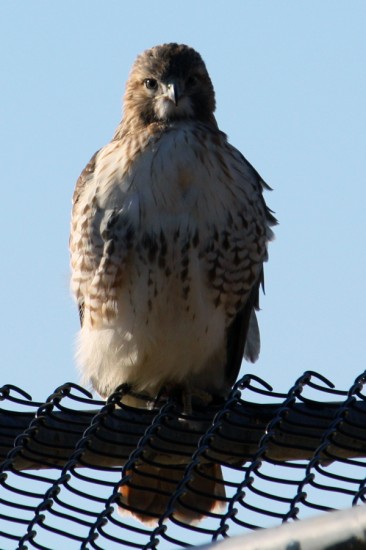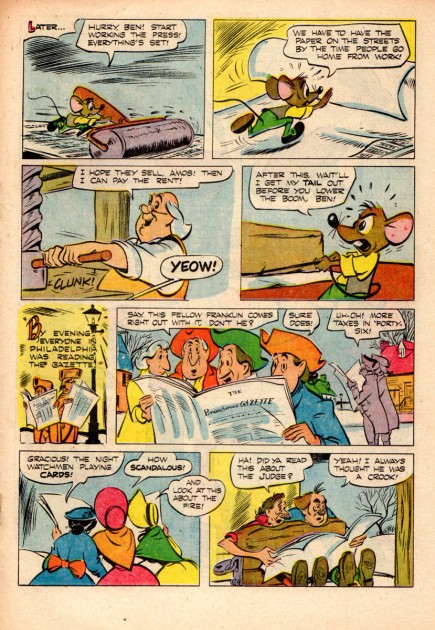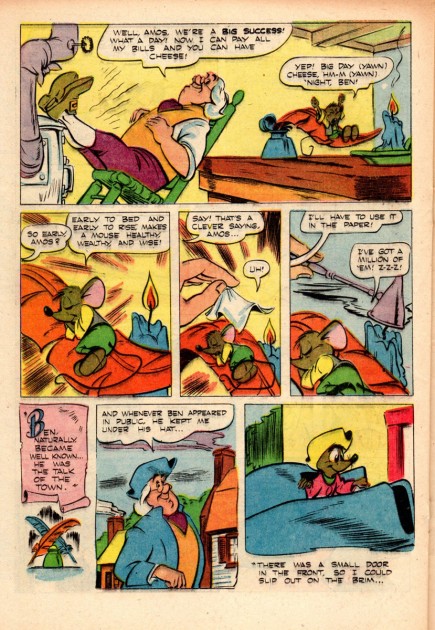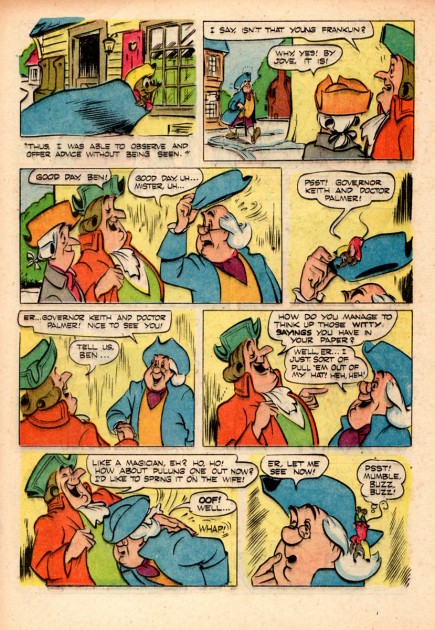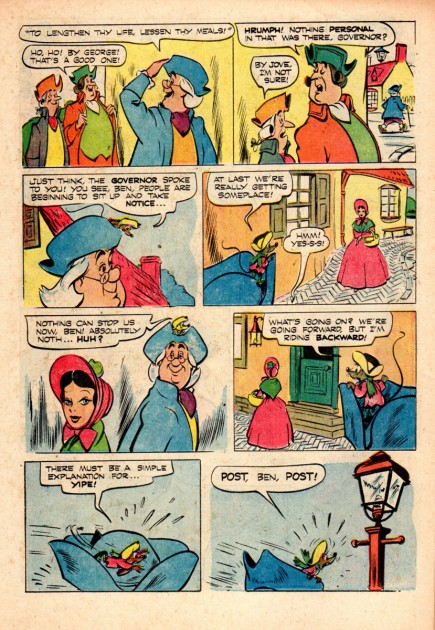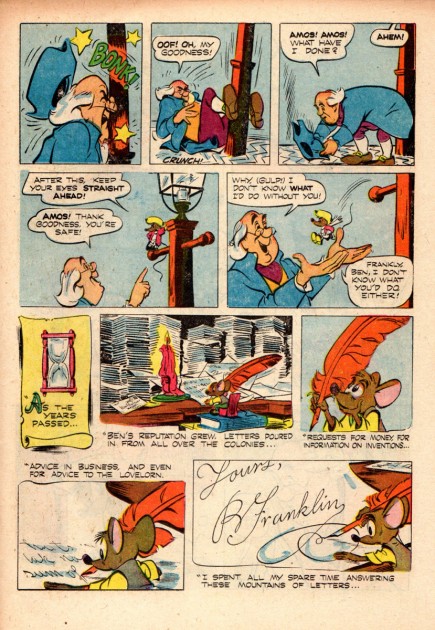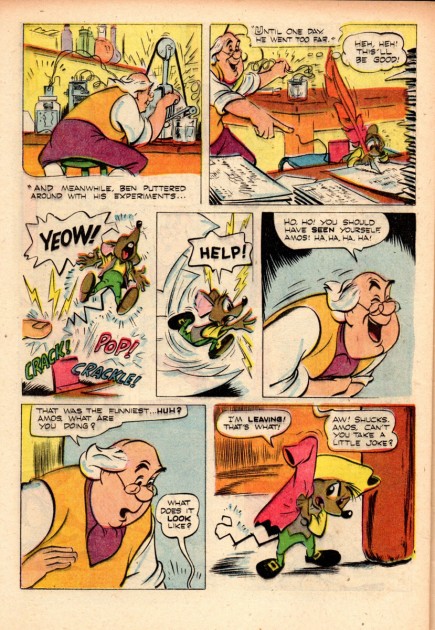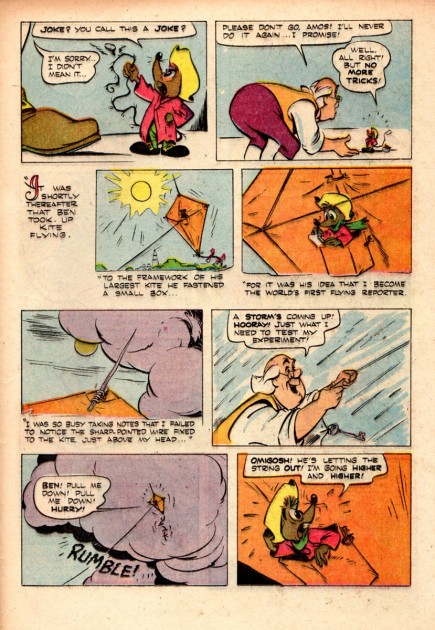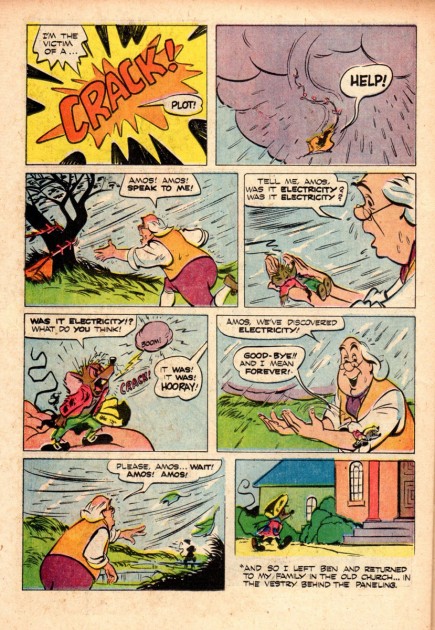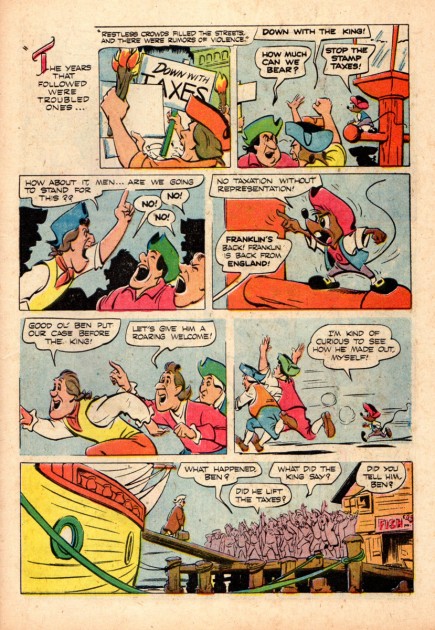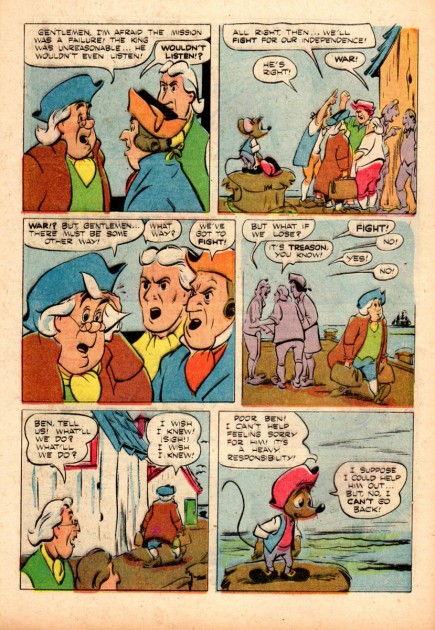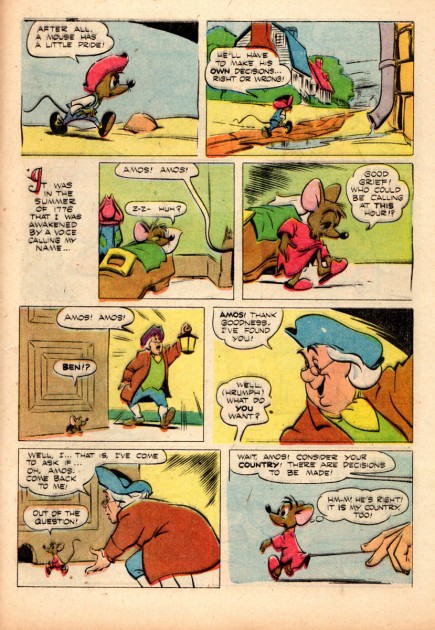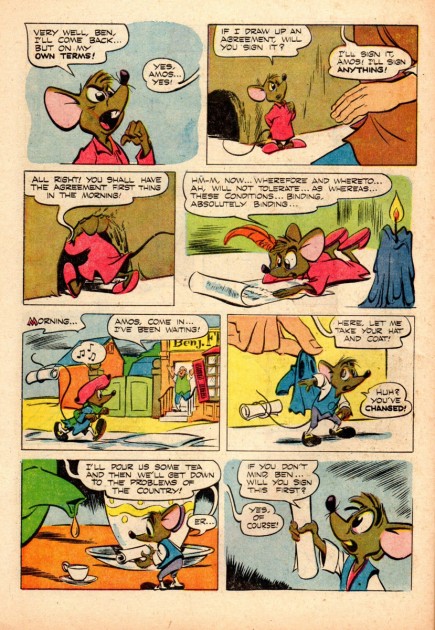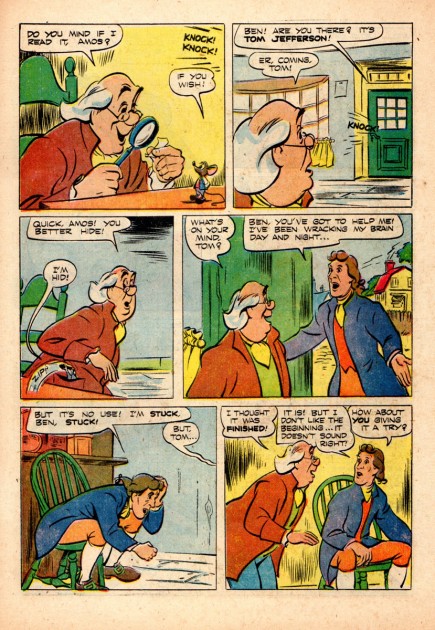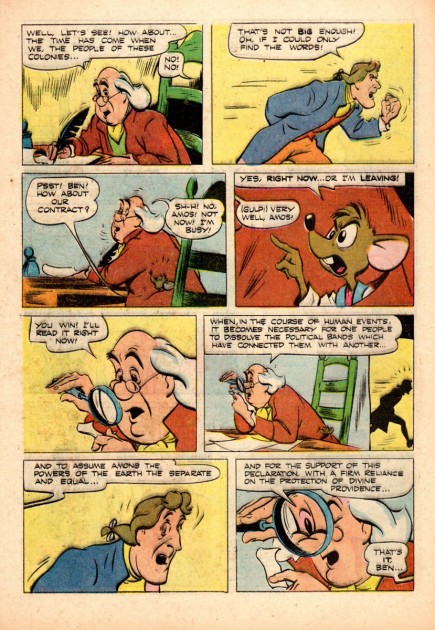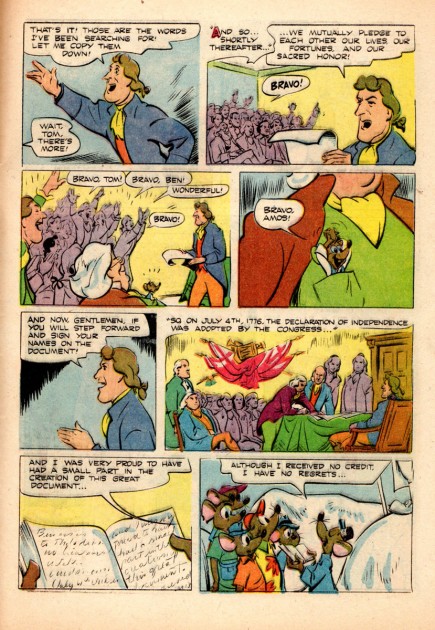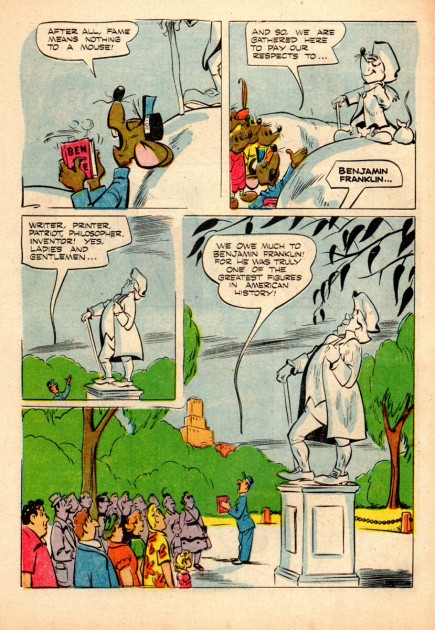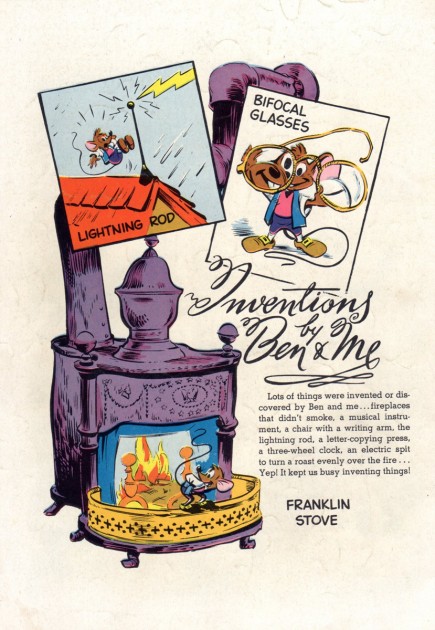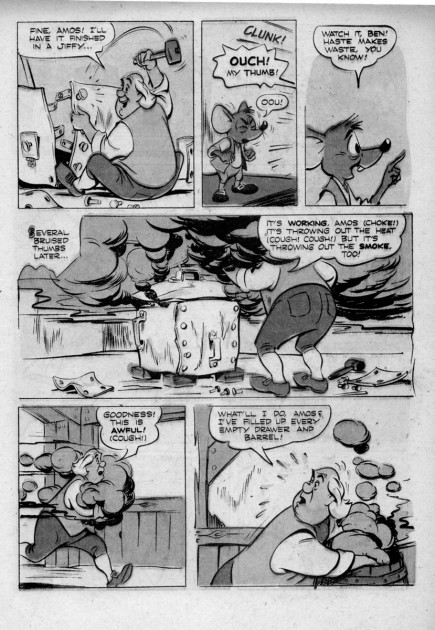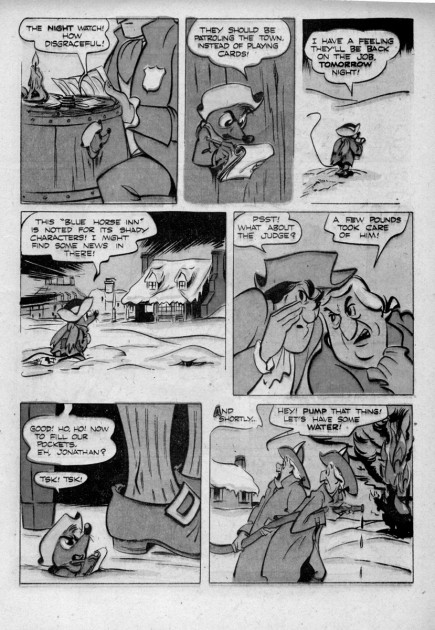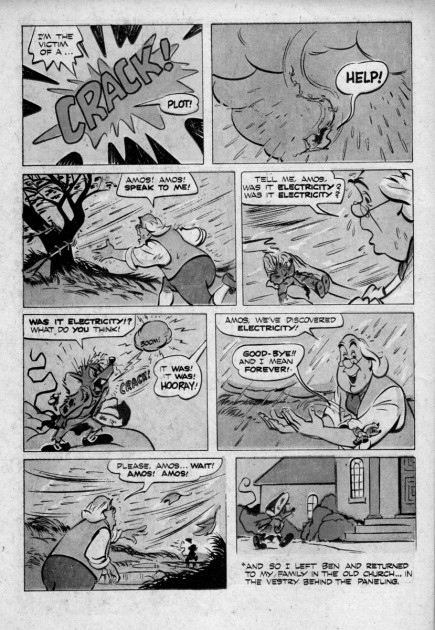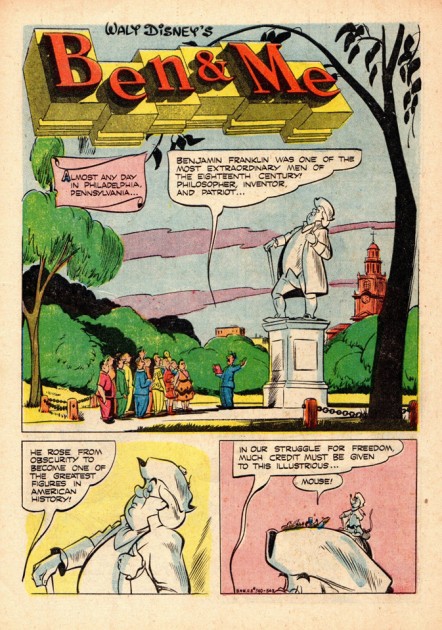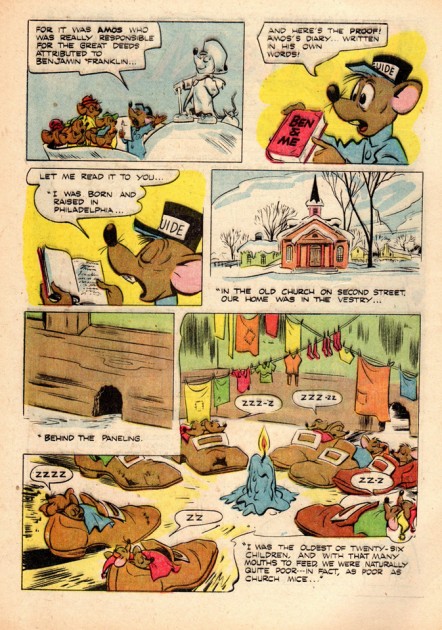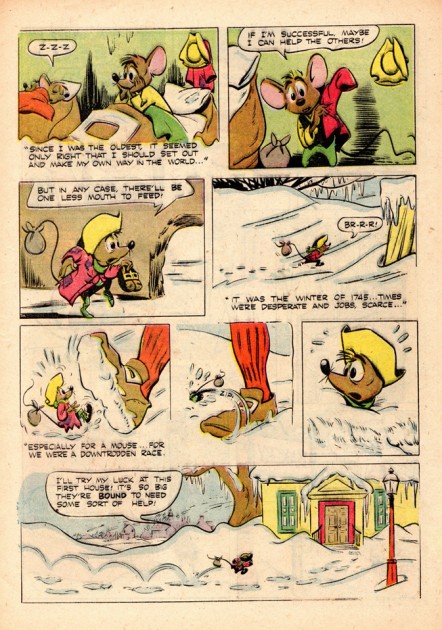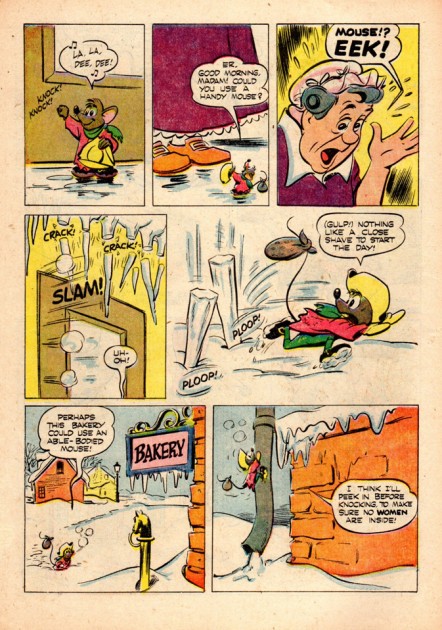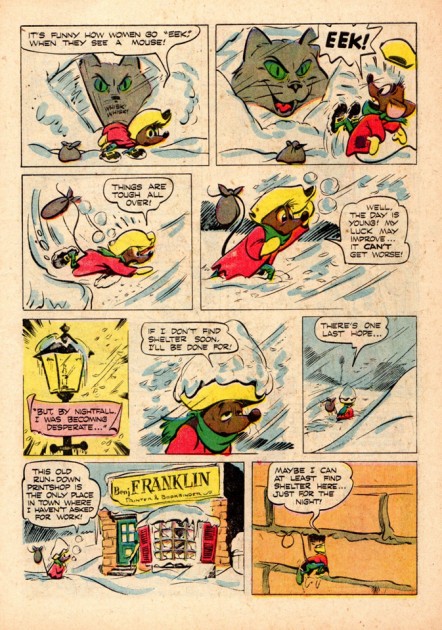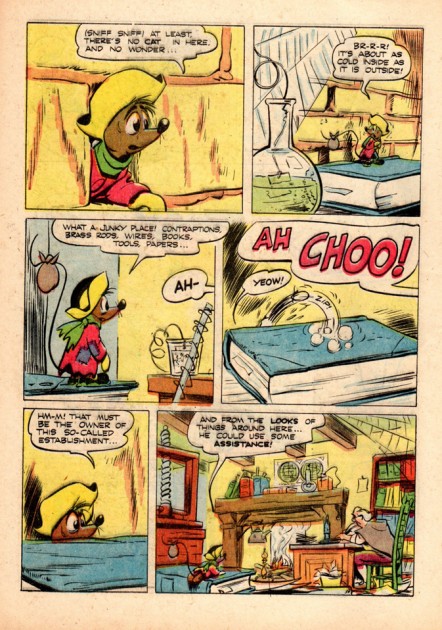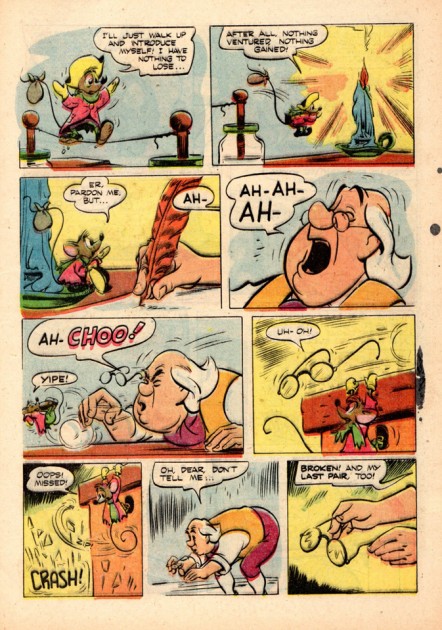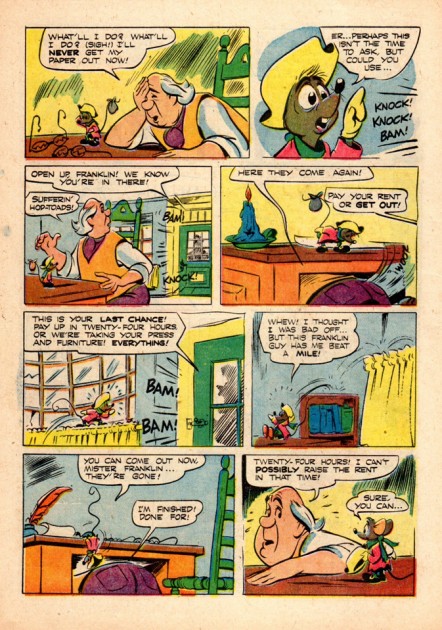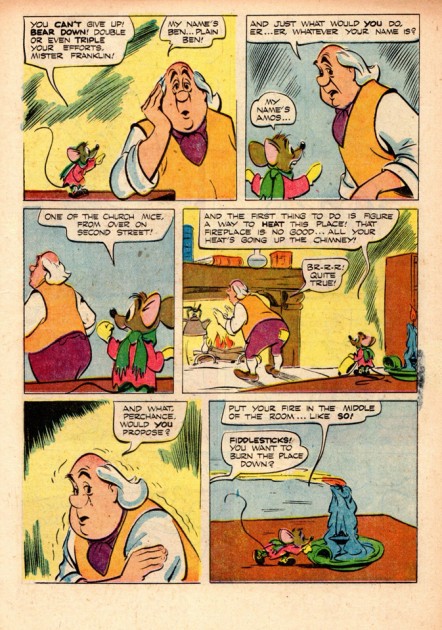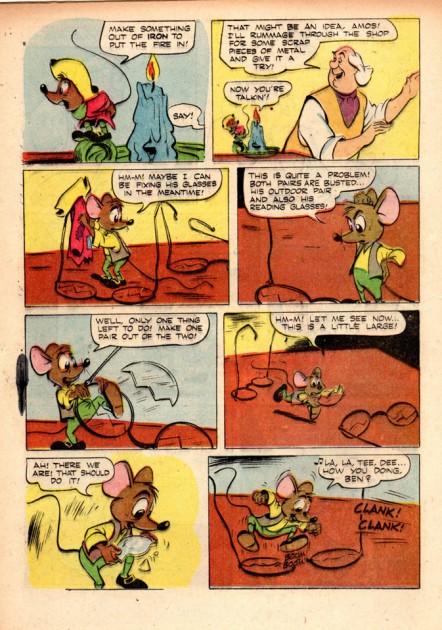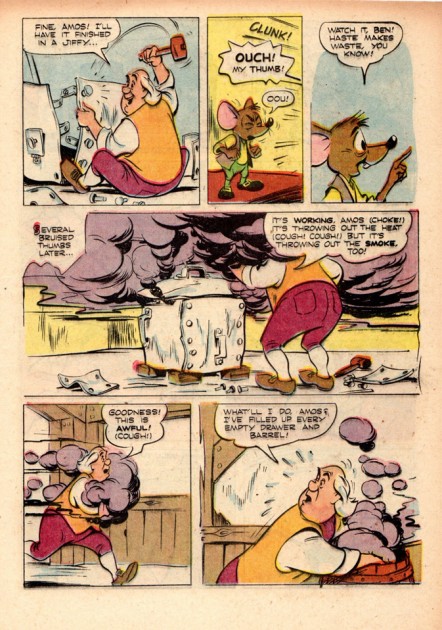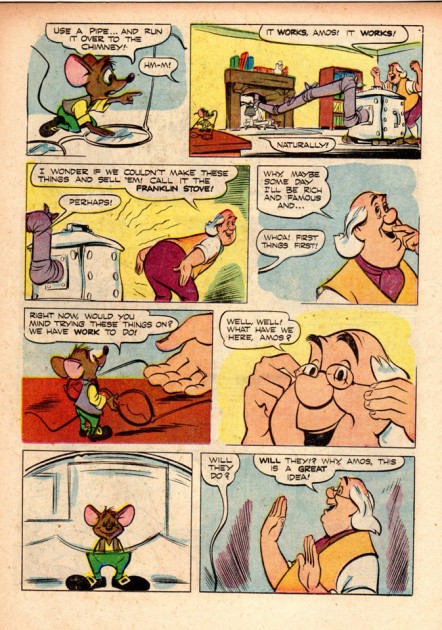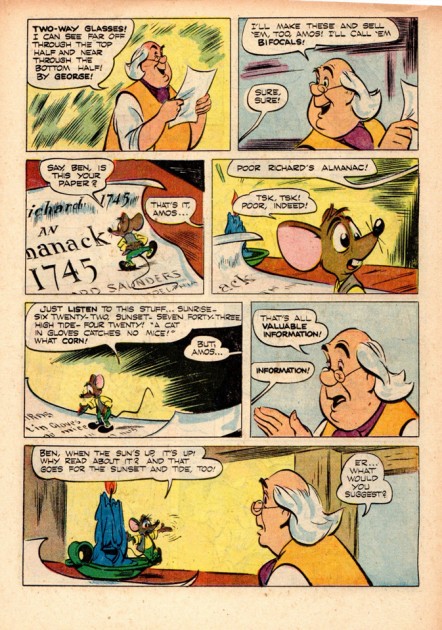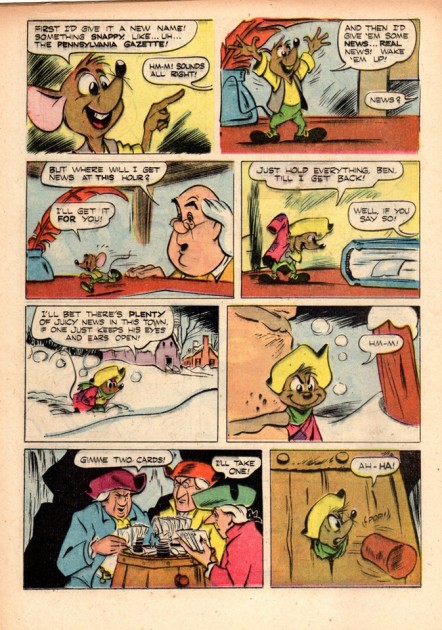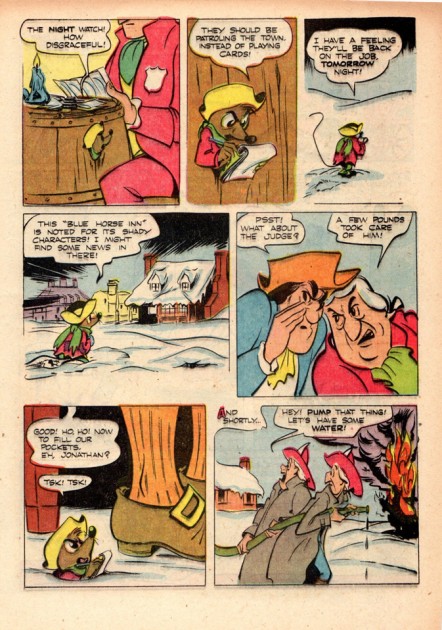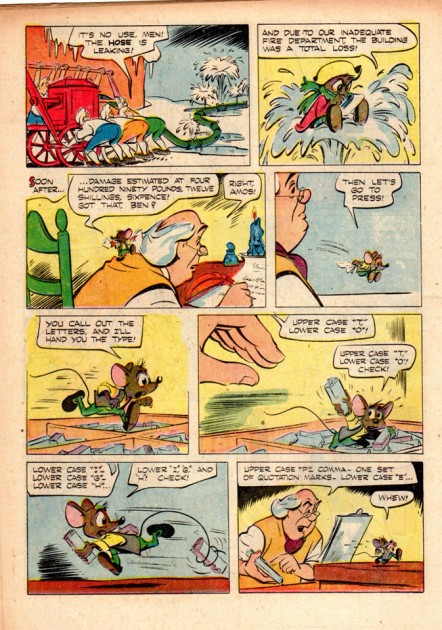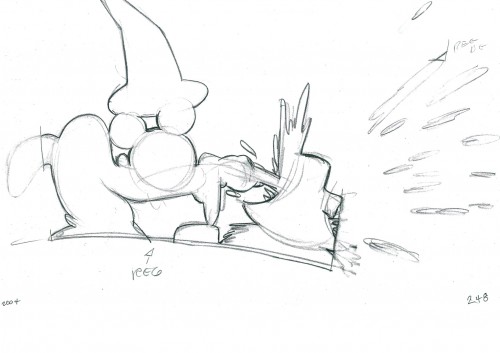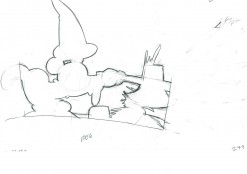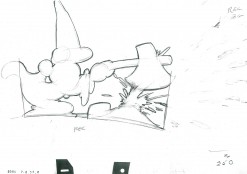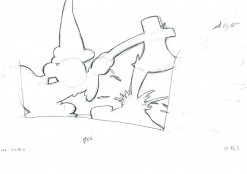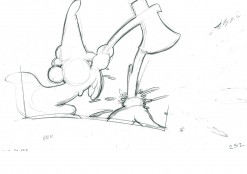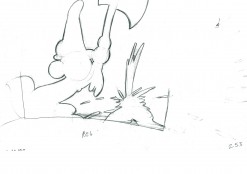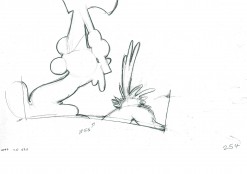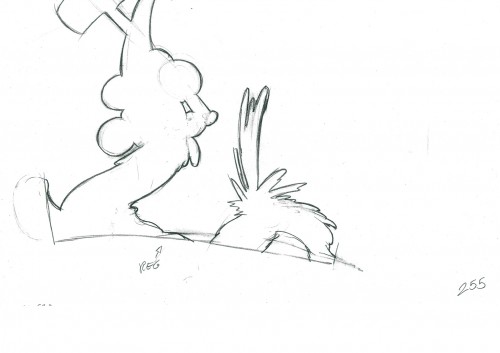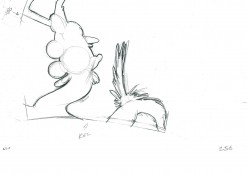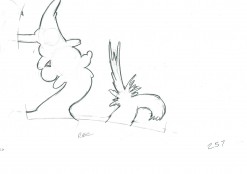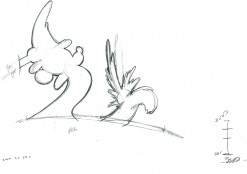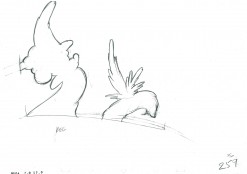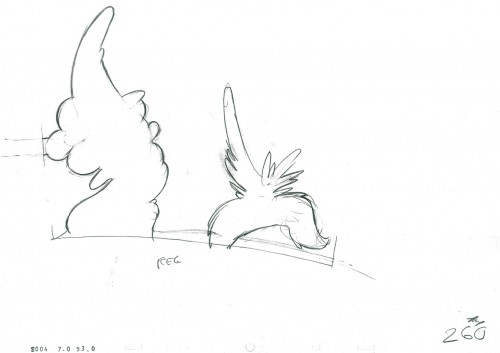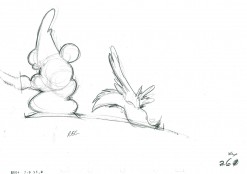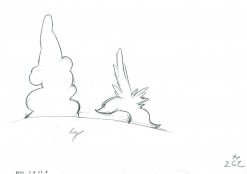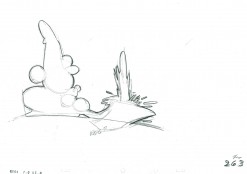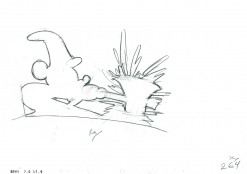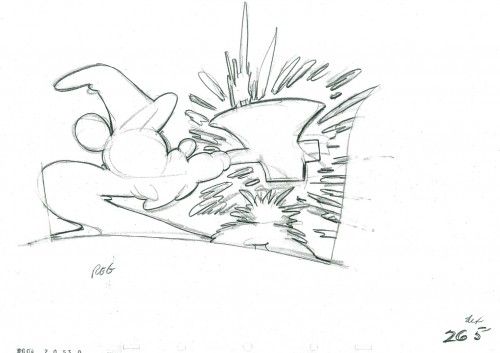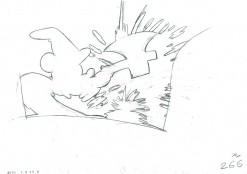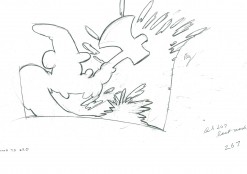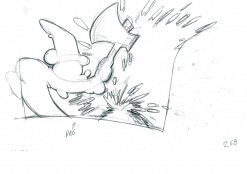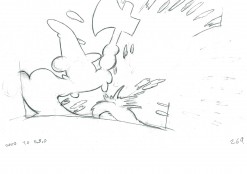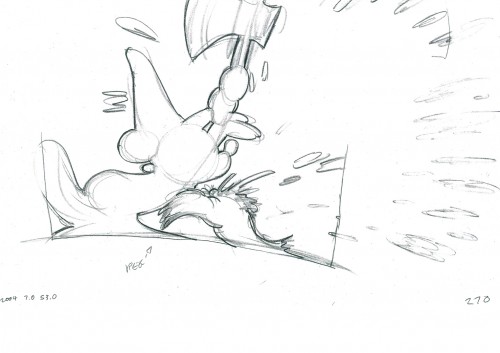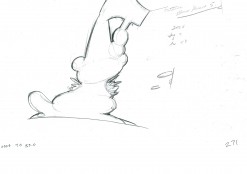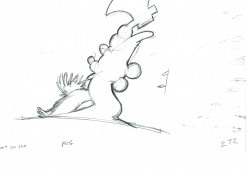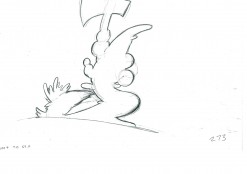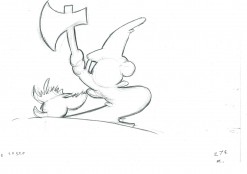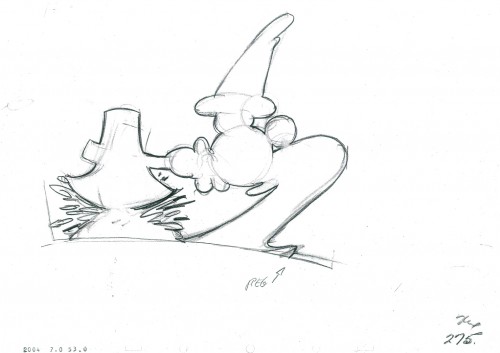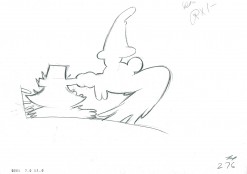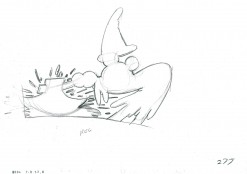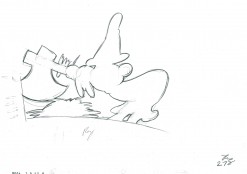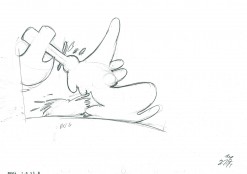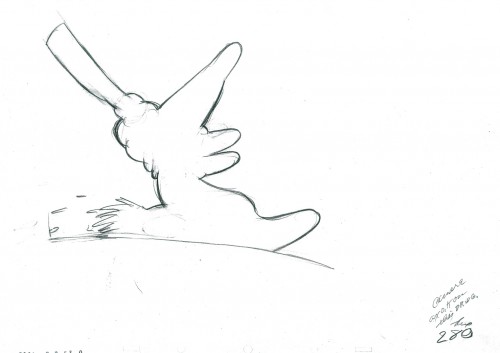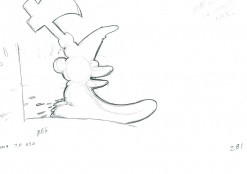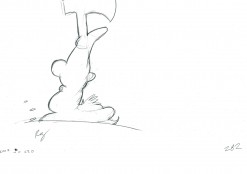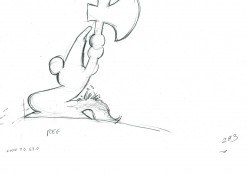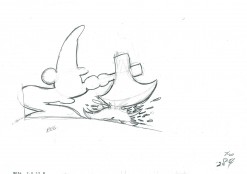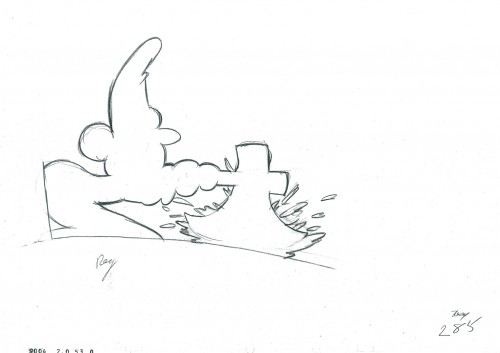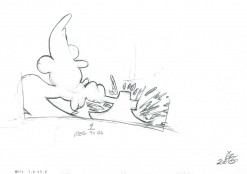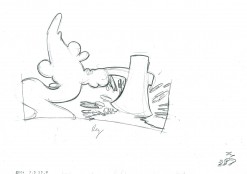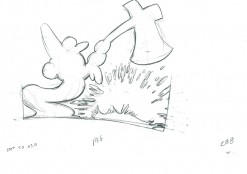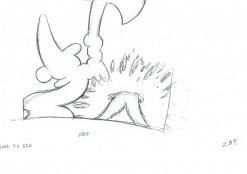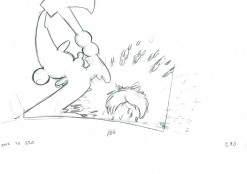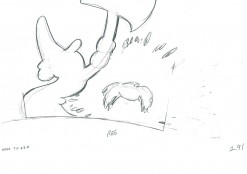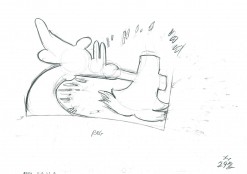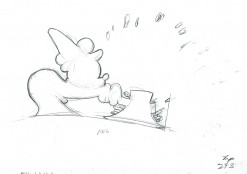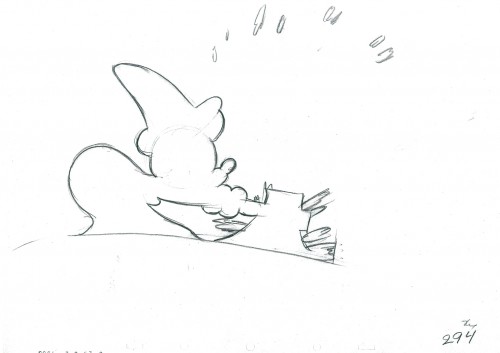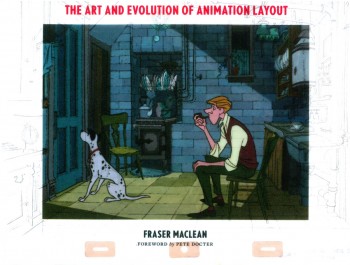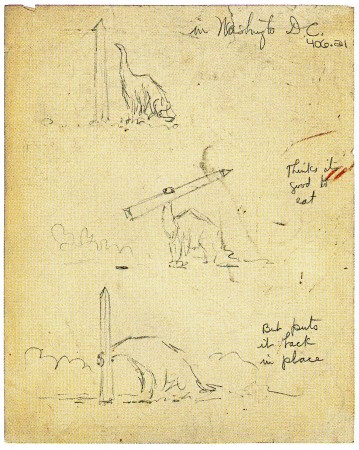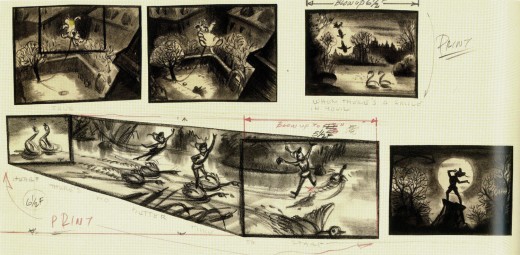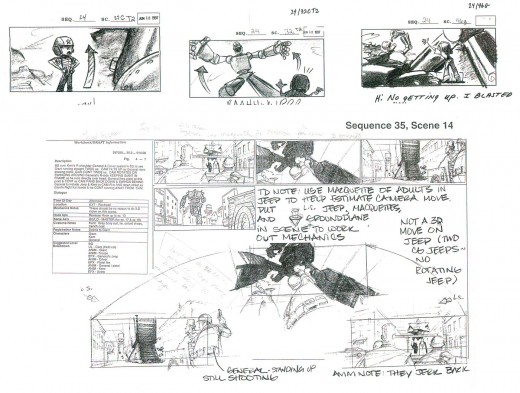- There will be a memorial service for Vinnie Cafarelli at Buzzco on January 6, 2012 from 4:00 to 9:00pm. More information will be relayed at this site when we get closer to the date.
___________________________
I’ve been visiting a lot of sites and blogs lately and would like to share links and make a few comments about some of them.
Let’s start with the sites/blogs I visit every day, some of them several times a day, knowing there’s a lot to take in or there will be updates. I’m sure you visit most of these as well; they are the staples for the animation community.
The Daily Stops
 Cartoon Brew
Cartoon Brew, of course, is the place to get a lot of information first.
Jerry Beck and
Amid Amidi each has a specific taste, and together they combine to make something that captures a very wide audience. There is a lot of first-hand news flashes as well as material they’ve culled from other sites. The only annoying part of the site comes in the “comments” section where the crazies come out to make their inane comments. Of course, it doesn’t bother me enough to not read most of them.
 Mike Barrier
Mike Barrier for many years was the publisher, editor and prinicipal writer for the most important magazine devoted to animation,
Funny World. (I’ve been rereading several issues – currently #13 – and can’t believe how much information I’m still getting out of some of the writing.) The site is every bit the same as the magazine, except it comes more frequently. The writing and research is first rate and the material presented is always deeper than others have offered. This is a necessary stop for anyone even remotely interested in animation. He’s fiercely opinionated, but often has good reason backing up that opinion. (Though he still admits to liking POLAR EXPRESS.) His writing style is the best on the web with a superb vocabulary and well considered choice of words.
I don’t miss a day without visiting this site even though Mike sometimes will take a month off (notifying us in advance) from writing. However, I want to get the new posts the moment they’re up; it’s that important to me.

- Mark Mayerson‘s blog is my third stop, daily, on my rounds. His comments are always sharp and well thought out. His writing is done in a businesslike approach – no frills and no nonsense. His news items are often off the mainstream and definitely worth visiting. The finest part of this site is when Mark comments on a film or short or analyzes the makeup of a scene (see his 14-part take on a short sequence from Ford’s Stagecoach.) Often even Cartoon Brew lifts news items from Mark’s site. The comments section is usually from those who are knowledgeable, so they’re worth reading.

- A Film LA is Hans Perk’s great blog. This is a wonderful resource of a site. Hans posts drafts to many of the Disney films.. He also posts invaluable items from the Disney archives. I love this site for the information I pull from it and study.

Eddie Fitzgerald is one of the most creative guys on the Internet. His blog, Uncle Eddie’s Theory Corner, keeps changing about four or five times a week, and it’s always a genuine treat. He creates photo-montage essays that either are outright hilarious or somewhat serious. Just in the last two days he went from “THE AMAZING SLUMS OF RIO” to “HOW GERMANY GOT OUT OF THE DEPRESSION” to “SHOULD ANIMATION CHARACTERS WEAR WIGS?” From recipes to animation analysis to photo-cartoon comics, you never quite know what you’re going to find here, but it’s always fun.
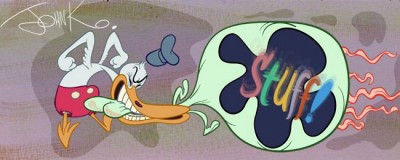
John Kricfalusi‘s blog is a must read for animators. He often gives advice, which is usually skewed to his particular style of cartoony animation. It’s a different world if you’re a Disney-esque animator, but it’s vital that even you know what’s on his mind, because it’s always written from a sure knowledge of animation theory. I would have loved seeing what he might have done with Aladdin’s Genie. Eric Goldberg did a perfect job, but John K might have take it to the farthest reaches.

The Animation Guild Blog (TAG Blog) is the animation guild’s blog which is primarily written by Steve Hulett. It changes at least once a day, and focuses mainly on the business side of animation. There are also excellent audio interviews with animation veterans who talk about their history. At times the creative side of animation is also discussed. This is an important blog to read to get information from. I find the comments generally well informed and the discussions there usually on a high level. However, most of the commentators generally label themselves as “anonymous” which is more than a little annoying. It gives a good indication of the fear floating politically in the business.
.
At least Weekly Stops

Signe Baumane‘s site, named after the feature she’s creating, Rocks In My Pockets, contains some of the best writing on the web. Signe’s stories from her life read like fantastic adventures through a unique universe. They’re all so personal and so vivid in their imagery that they could only have been written by an animator.
I’m hooked on this site and I turn up religiously to see if something new has appeared.
.

- I’ve gotten to enjoy Gene Deitch’s blog, Gene Deitch Credits. He gives commentary about a number of the people he’s come in contact with over the years and writes short essays about each of the individuals. I enjoyed his take on John Hubley, Jim Tyer, Jam Handy, Bill Hurtz and especially Phil Scheib. As a matter of fact, I like them all. So little of worth is usually written about some of these people, and Gene’s personal comments are usually gold. I do wish some of them were longer. However, that’s better than wishing they were shorter.
.
50 Most Influential Disney Animators
Countdown of the 50 Most Influential Animators in Disney Studio History
- Someone who tends to overwrite is
Grayson Ponti at
50 Most Influential Disney Animators. His idea of putting out a list of the top 50 animators in Disney history is an ingenious one – except, of course, that you ultimately run out of numbers. This will happen soon, since he’s down to the top two. He’s announced a follow-up blog when he completes the top 50.
Each entry is extensive in length and usually filled with typos and hard-to-comprehend writing errors so it takes a bit of time to wade through the posts. It must take quite a while for him to write these pieces, it’d be worth his rereading them to correct errors.
Often, however, there are a lot of interesting comments that Grayson posts that make you think back to some of the scenes of the animators under discussion. I can’t say I’ve disagreed with much that he’s written, thus far.
Another problem I have with the blog is that he lifts images from many other sites without giving appropriate credit. Many of the drawings and cels lifted are in personal collections, and he should let his readers know.

- Dan Caylor has a good site called On Animation. It offers a lot of videos and news briefs. Many of these videos (all in a large format) will also show up in places like Cartoon Brew, but there are those I’ve only been able to see at this site. A good example is a wonderful piece showing the back stages of Aardman‘s puppet making for their film Pirates. This is a 17 minute piece that really gives an in depth look at the size of the puppets, not to mention the size this production. Quite informative.
The site is well worth visiting to see what new film shorts have been posted.

Steven Worth had created the site for the ASIFA Hollywood Animation Archives. That site is still up, but the links weren’t working and you couldn’t access the archive. Now Steven has started this site, Animation Resources, and is quickly posting all those original links from the old site. There’s too much valuable artwork to not see it accessible; so it’s great that we can now get to it.
Recent Finds

I came across this French title designer this past week and was quite impressed. You can see a number of
Laurent Brett‘s title sequences at the site. The link appeared on the
Steven Heller post about the film titles for
OCS 117 on
Imprint magazine. However, I found all of his work quite interesting.
Laurent Brett‘s title design.
___________________________
There are so many other blogs and sites that I can’t continue here. Perhaps I’ll pick it up at another time. I suggest you scroll through my blogroll on the right of this page to see what else is there (in case you don’t know about one or two of them.) I’ve barely scratched the surface. Andreas Deja’s blog, DejaView, is a miracle of animation drawing, Scribble Junkies is another voice for Bill Plympton and Pat Smith, Hans Bacher’s beautiful blog, One1more2time3, is necessary viewing, Alltop is a great way to surf the top few animation blogs. There are so many more; I will continue this.
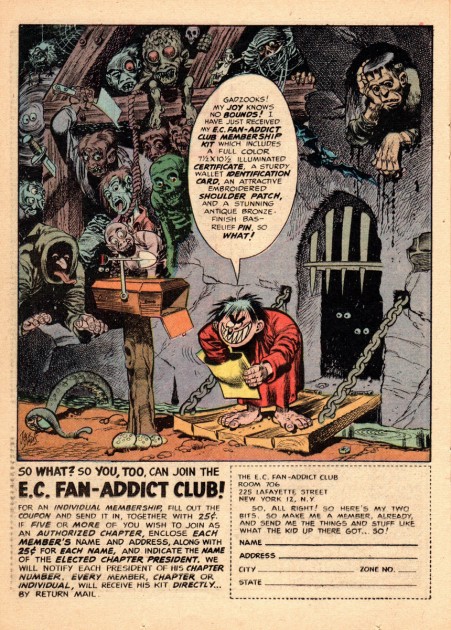 1
1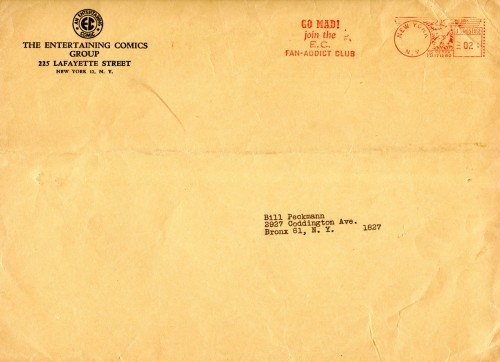 3
3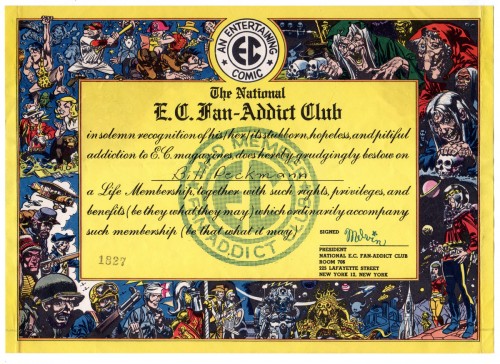 4
4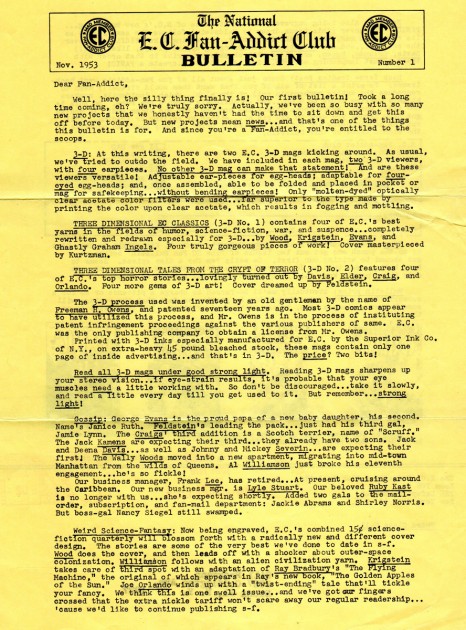 5
5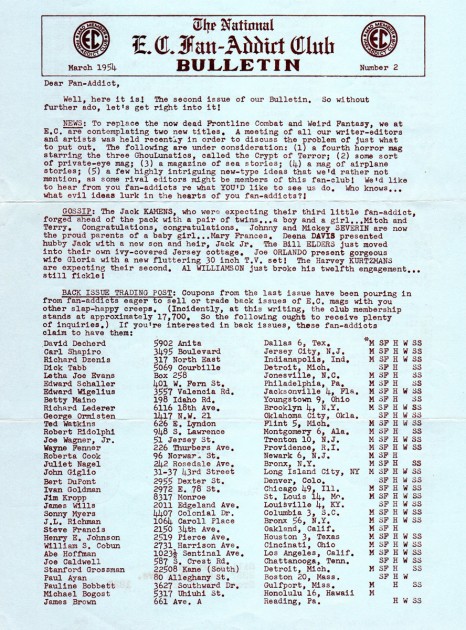 7
7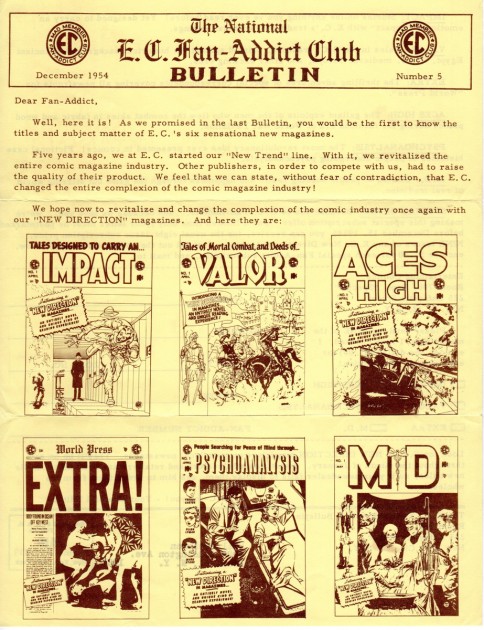 13
13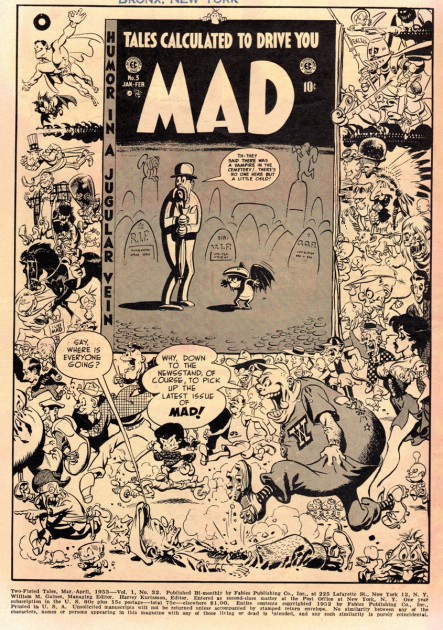 15
15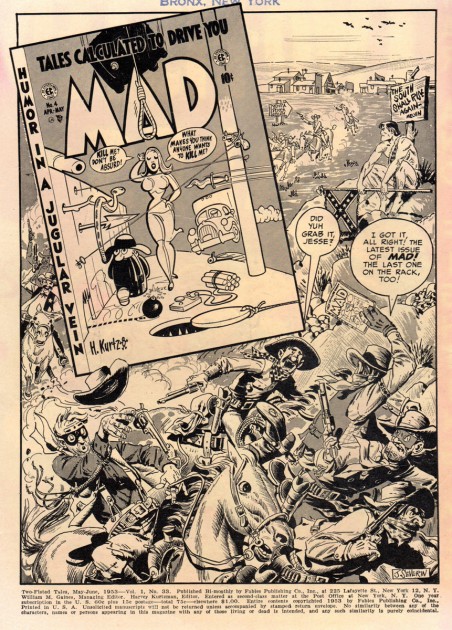 16
16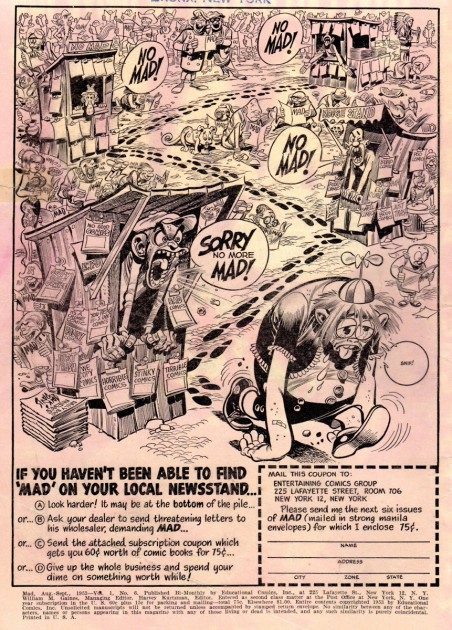 18
18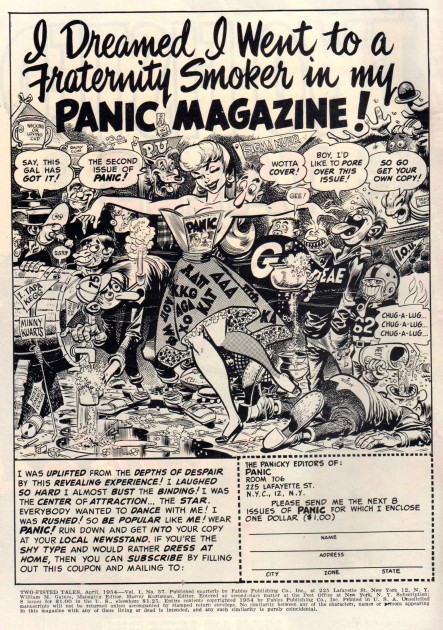 19
19